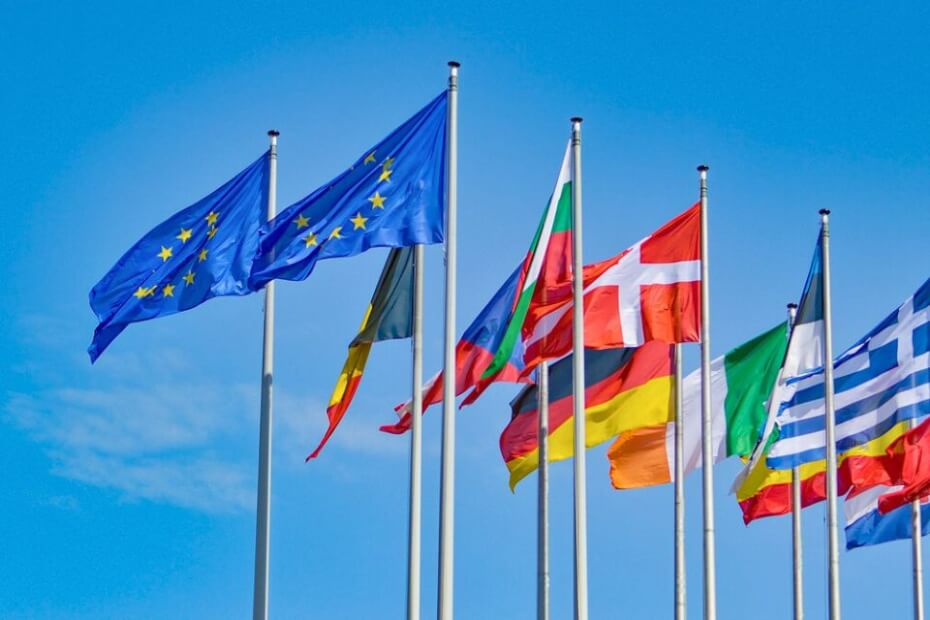
The European Union (EU) adopted a landmark overhaul of its Migration and Asylum Pact in May 2024.
The rules will help manage orderly arrivals, create efficient procedures, and ensure fair burden sharing among Member States.
On 12 June, the EU released a comprehensive 10-point plan to implement its new Migration and Asylum Pact.
The Common Implementation Plan outlines the steps EU member states must take to implement the new rules.
“These new rules will make the European asylum system more effective,” said Nicole de Moor, Belgian State Secretary for Asylum and Migration.
She added that it will also “increase solidarity between member states.”
After years of negotiation, the plan represents a significant shift in how the EU handles migration and asylum issues.
The comprehensive plan sets the stage for the EU’s Migration and Asylum Pact to be fully operational by June 2026.
This ambitious initiative aims to create a more unified, fair, and efficient system for managing migration across the bloc.
10 building blocks of the EU’s Migration and Asylum Pact
The Migration and Asylum Pact’s comprehensive plan consists of 10 key areas that EU countries must work on simultaneously.
1. Common Information System
At the heart of the new system is Eurodac, a shared database that will help EU countries share responsibility for asylum seekers.
This updated system will collect more detailed information about migrants, including biometric data, to better track arrivals and asylum claims.
2. External Border Management
The EU will implement a new system to handle irregular arrivals at the EU’s external borders.
This involves faster and more efficient procedures for processing asylum applications and returns.
3. Improved Living Standards
The plan calls for better reception conditions for asylum seekers, including earlier access to jobs and healthcare, both physical and mental care.
It particularly focuses on those granted international protection and vulnerable individuals such as families and children.
4. Harmonized Asylum Procedures
The EU aims to create fair, efficient, and consistent asylum procedures across all member states.
This will streamline the assessment and decision-making process and provide clearer safeguards and rights for applicants.
5. Effective Return Procedures
The plan emphasizes efficient and fair return procedures for those who don’t have the right to stay in the EU.
This is seen as crucial for maintaining a sustainable migration policy.
6. Fair Responsibility Sharing
The new system aims to distribute responsibility for migrants more evenly among EU countries, reducing the burden on frontline states.
7. Solidarity Mechanism
For the first time, the EU will have a permanent, legally binding solidarity mechanism to support countries facing migratory pressure.
8. Crisis Preparedness
The plan includes improving the EU’s preparedness, contingency plans, and response to migration crises and unexpected situations.
9. Enhanced Safeguards
Better protections will be implemented for asylum seekers and vulnerable individuals, including increased monitoring of fundamental human rights.
10. Integration Efforts
The plan calls for increased efforts in resettlement, inclusion, and integration of migrants into EU communities.
Migration and Asylum Pact implementation timeline and challenges
The European Commission proposed the new Migration and Asylum Pact in September 2020.
The European Parliament adopted it in April 2024, and the European Council in May 2024.
The provisions of the Pact came into force on 11 June 2024.
With the Common Implementation Plan now presented, EU countries have until the end of 2024 to create their own national plans.
“Only jointly can we find responses to the global migration challenge,” de Moor stated, highlighting the need for cooperation among Member States.
The new system is set to be fully operational by early 2026, giving countries about two years to put everything in place.
This includes setting up new procedures, training staff, and potentially relocating asylum seekers.
The Commission will also work with countries to develop their national implementation plans.
However, the success of this ambitious Migration and Asylum Pact will depend on the commitment and cooperation of all EU Member States.
The coming months will be crucial in determining whether the EU can deliver on its promise of a more effective, humane, and unified approach to migration.
Migration and Asylum Pact’s impact on travel and immigration
Implementing the Migration and Asylum Pact will bring changes for people traveling to or moving within the EU.
Visitors from visa-free countries will need to apply for the European Travel Information and Authorization System (ETIAS) starting in mid-2025.
The ETIAS allows the EU government to pre-screen travelers before arriving at the border to enhance border security.
The EU is also launching its new border check system, the Entry/Exit System (EES), in October 2024 to improve security as well.
The EES will require short-stay visa holders and visa-exempt nations to submit biometric data at the border.
Instead of stamping their passports, the system will record their entry into and exit from the Schengen Zone using facial and fingerprint scans.
When relocating to EU countries, new policies and procedures may be necessary for immigrants, including families, investors, and students.
Looking ahead
While the plan represents a significant step forward, it’s not without its challenges.
Some member states have expressed concerns about mandatory relocation and responsibility-sharing obligations.
As such, the Migration and Asylum Pact represents a major rebuilding of the EU’s approach to one of its most challenging issues.
As it moves from legislation to implementation, the world will be watching to see if this new system can meet the complex demands of migration in the 21st century.

